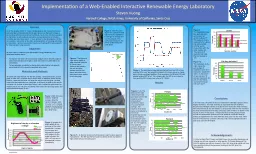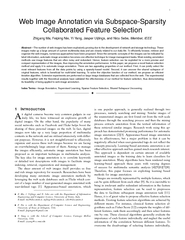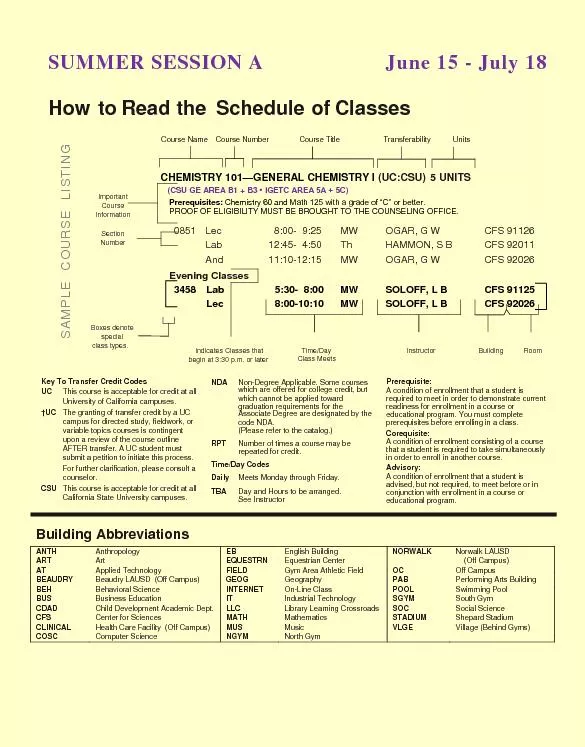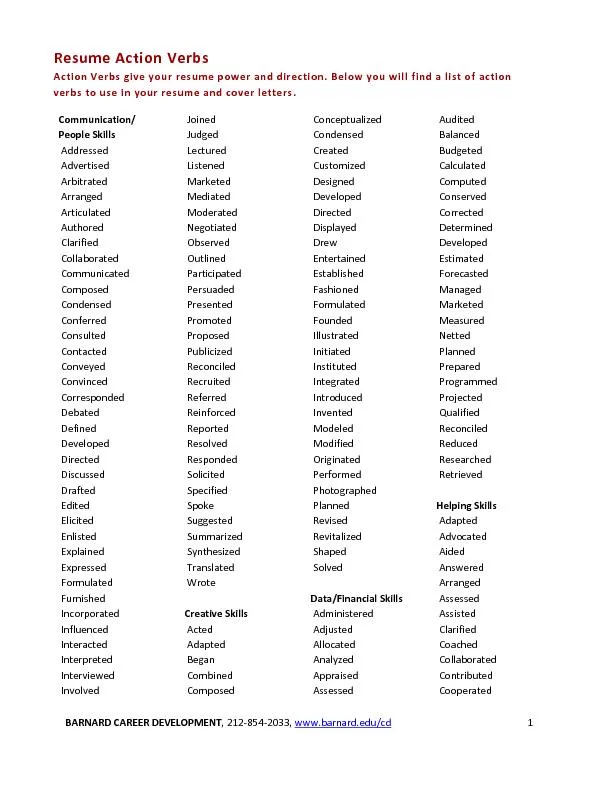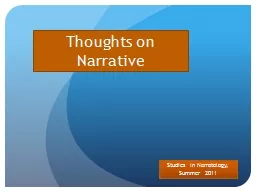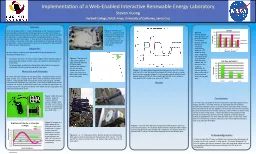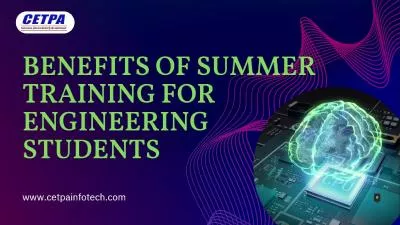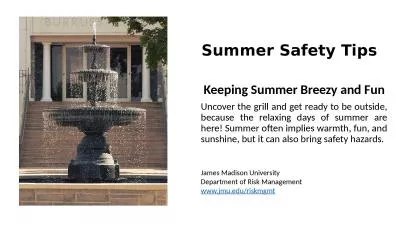PPT-Since the summer of 2011, I have collaborated on the Course
Author : tatyana-admore | Published Date : 2017-06-02
Abstract Objectives Materials and Methods Results In its final year the goals of the CCLI interactive laboratory project were largely achieved The web interface
Presentation Embed Code
Download Presentation
Download Presentation The PPT/PDF document "Since the summer of 2011, I have collabo..." is the property of its rightful owner. Permission is granted to download and print the materials on this website for personal, non-commercial use only, and to display it on your personal computer provided you do not modify the materials and that you retain all copyright notices contained in the materials. By downloading content from our website, you accept the terms of this agreement.
Since the summer of 2011, I have collaborated on the Course: Transcript
Download Rules Of Document
"Since the summer of 2011, I have collaborated on the Course"The content belongs to its owner. You may download and print it for personal use, without modification, and keep all copyright notices. By downloading, you agree to these terms.
Related Documents

